A Young Man’s Grave Lies in the Middle of This Beachside Road
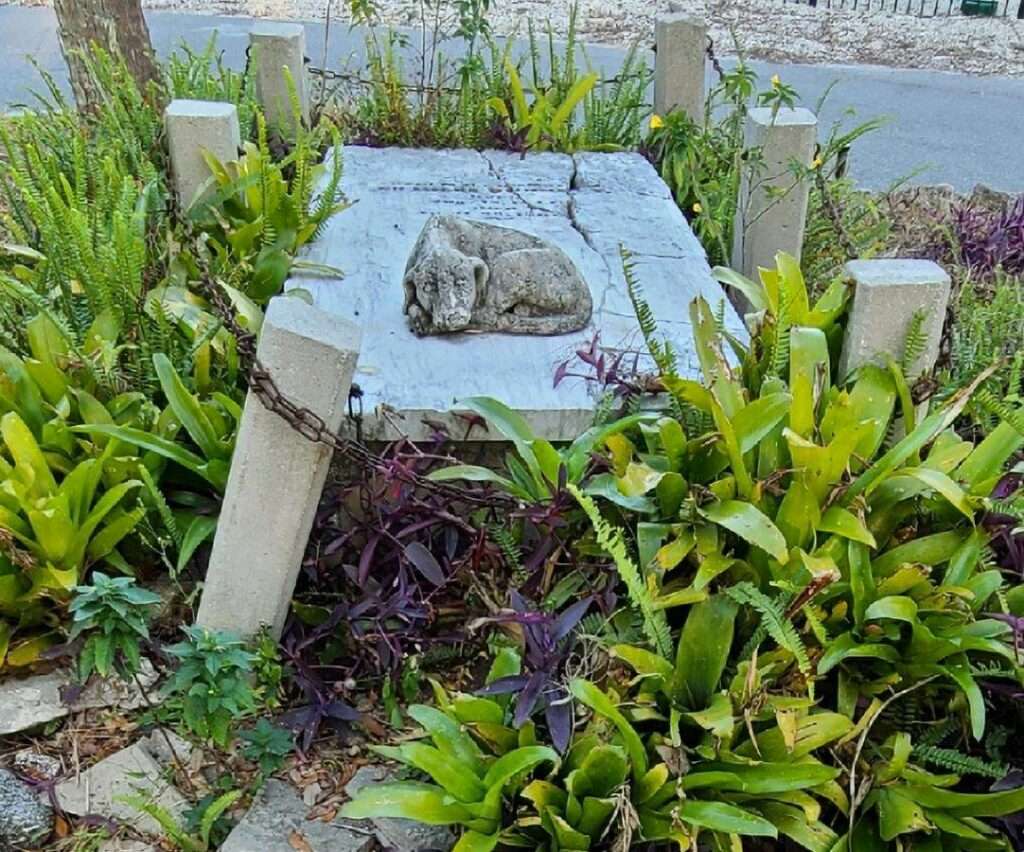

It looked like a pedestrian island in the middle of a residential neighborhood.
Driving on Canova Drive in New Smyrna Beach, FL, a quaint seaside town known for its beaches and downtown areas such as nearby Flagler Ave., it wasn’t an area that you would expect to see such as sight. Surrounded by beautiful homes and the adjacent Indian River, the median was completely out of place. As you pull up closer to the island, you see cement blocks with chains surrounding what looks like a tomb…and that’s exactly what it was…
The area is the grave site of a 15-year-old boy named Charles Dummett, whose death 163 years ago is still a mystery to local historians. Dating before the Civil War, the grave site is registered in the National Register of Historic Places. Throughout the years, there have been numerous tales as to what happened to the young man.
The only son of Douglas Dummett and his wife Leandra, the first account suggests that Charles was shot and killed with his own gun during a freak hunting accident. Another account was that he committed suicide due to abuse at school over his mixed race (his father was white, and his mother was Seminole-Native American). No one knows what happened, and neither story has been confirmed or denied. Distraught over his son’s death, the elder Dummett had him laid to rest where he “fell”, which at the time was located on his 30-acre property.
Douglas was a prominent leader in the community; a plantation owner from nearby Ormond Beach, he was recognized for inventing a grafting technique with citrus seeds that led to Indian River Citrus. He was commander of the Mosquito Roarers, a volunteer group that worked with the U.S. Army in protecting plantations during the Second Seminole War. He was married prior, but the marriage ended with infidelity. Then he married Leandra Hernandez, who had their son Charles and three daughters- Louisa, Kate, and Mary.
Before he passed, Dummett sold the property where his son was buried to the town, which was then known as Coronado Beach. There was one condition; no one was allowed to disturb his son’s grave. During the 1960’s, a developer wanted to remove the grave to pave a new road. As cemeteries are protected under federal and state law, plus needing permission from the family, the idea was scrapped. Instead, they decided to pave around the grave site, where the local Historic Preservation Society and nearby neighbors continue to keep up with the site by laying flowers and flags throughout. An anonymous artist even went out of their way to create a small dog statue that now lies on the tomb.
Another strange twist to the story; the street itself is named after Judy Canova, a famous Hollywood comedienne known for her radio and film career. She was set to develop a trailer park on the property, but the city wouldn’t approve it. Instead, the street was named after her.
There are so many different facets to this story, we may never know the true answers. There are even accounts that there is nobody at all at the grave site. Regardless, locals and tourists still flock here to pay respect to a young man gone too soon.

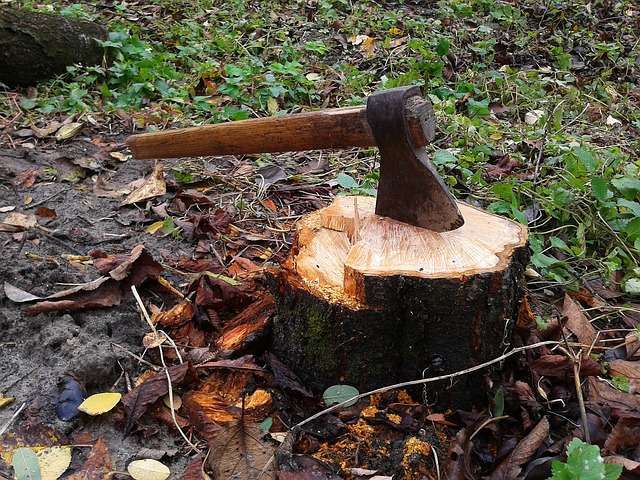
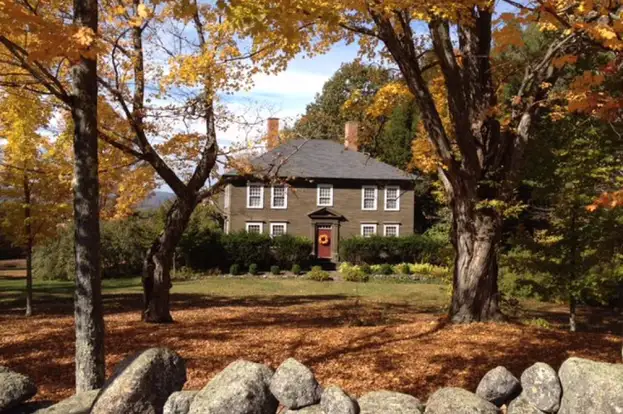
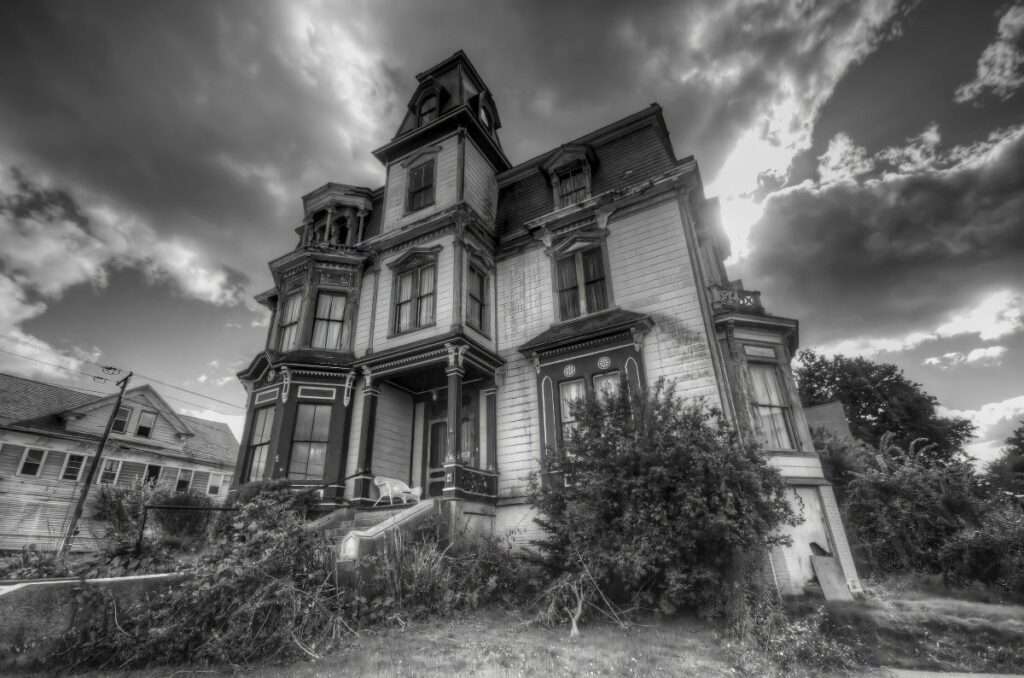
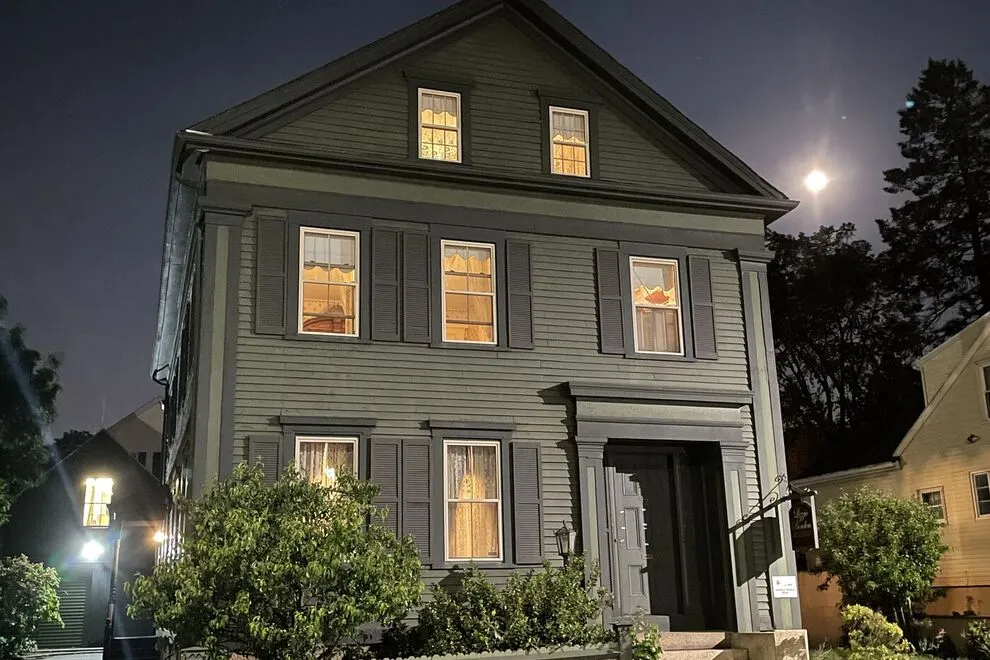
Comments